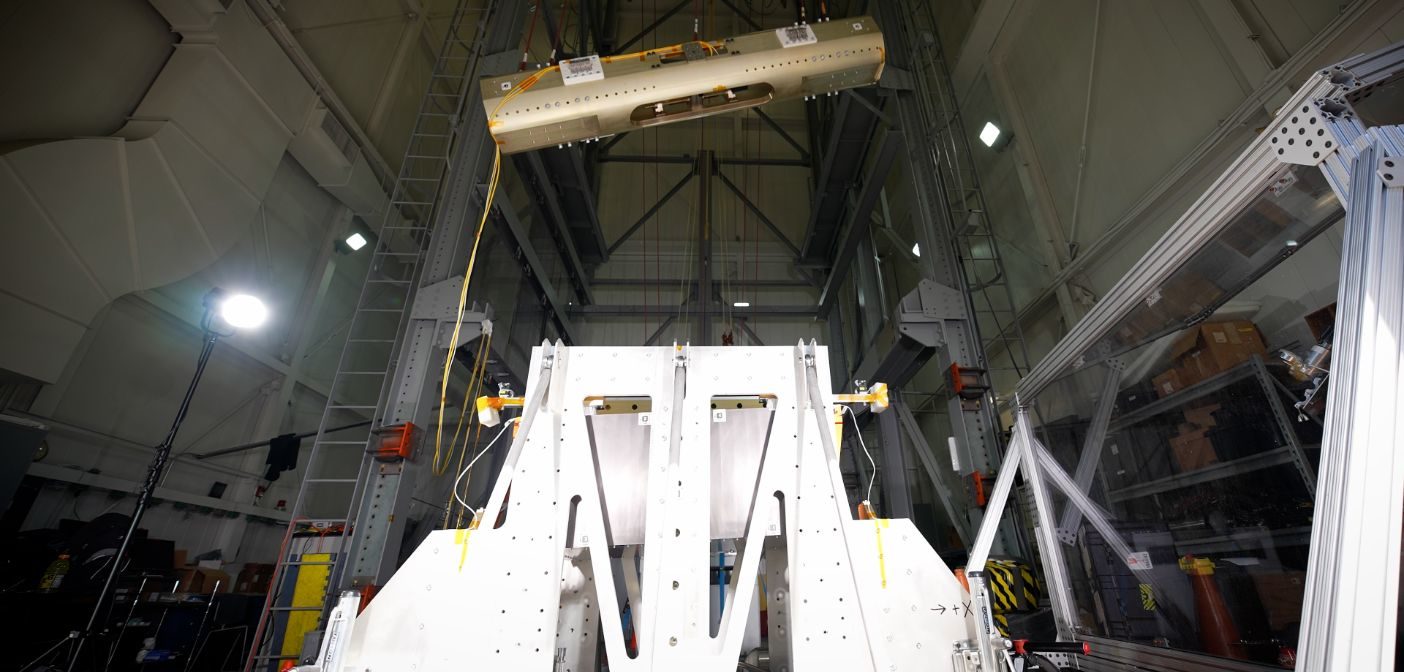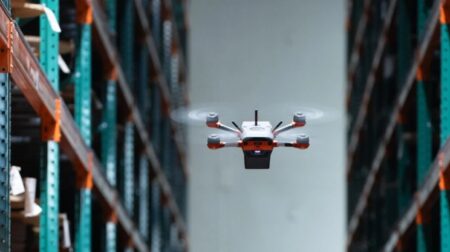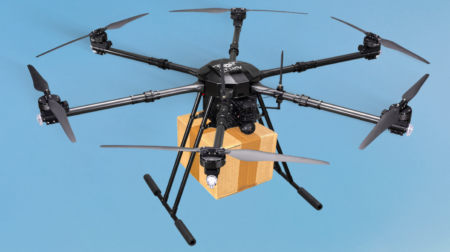NASA engineers have begun testing and developing hardware needed for a series of space missions to bring rock and sediment samples from Mars to Earth in the coming decade.
The multi-mission Mars Sample Return campaign began when NASA’s Perseverance rover landed on Mars in February 2021 to collect Martian rock samples in search of ancient microscopic life. Out of Perseverance’s 43 sample tubes, four have been filled with rock cores and one with Martian atmosphere.
Mars Sample Return seeks to bring select tubes back to Earth, where scientists will be able to study them with lab equipment too large to send to Mars. Getting these samples into terrestrial labs would reportedly take a decade and involve European partners and multiple NASA centres.
Thus, the European Space Agency (ESA) is developing a rover for the effort, with engineers at NASA’s Glenn Research Center in Cleveland, Ohio, designing its wheels.
The rover would transfer samples to a lander, being developed at NASA’s Jet Propulsion Laboratory in Southern California, that would use a robotic arm, developed by ESA, to pack the samples into a small rocket, called a Mars Ascent Vehicle, being designed by NASA’s Marshall Space Flight Center in Huntsville, Alabama.
The rocket would launch from the lander to deliver the sample capsule to an ESA spacecraft orbiting Mars. Inside the orbiter, the capsule would be prepared for delivery to Earth by hardware that a team led by NASA’s Goddard Space Flight Center in Greenbelt, Maryland, is developing.
Preparation would include sealing the sample capsule within a clean container to trap any Martian material inside, sterilising the seal, and placing the sealed container into an Earth-entry capsule before the return trip to Earth.
According to NASA, the Sample Retrieval Lander would be the largest, heaviest spacecraft of its type to ever go to Mars, and the Mars Ascent Vehicle launching from it would be the first rocket ever fired off another planet.
To carry and launch the Mars Ascent Vehicle, the lander weighs about 5,291 lb (2,400kg) – almost twice as heavy as Perseverance, which was lowered to the Martian surface with cables from a rocket-powered jet pack.

What’s more, the Sample Retriever Lander wouldn’t have a jet pack; its legs would have to absorb the impact of touchdown, relying on retrorockets to slow its descent, similar to recent Mars lander missions InSight and Phoenix.
Thus, NASA engineers have been repeatedly dropping a prototype lander in a warehouse-like space at the NASA Jet Propulsion Laboratory in California, using high-speed cameras to observe the prototype’s legs slam onto a base.
QR-code-like marks on each of the prototype’s ‘feet’ help the cameras track the legs’ motion. The team uses slow-motion video to continually update their computer models, which help them understand how energy would be dispersed throughout the lander.
NASA engineers have started with a prototype roughly one-third the size of what the actual spacecraft would be to learn how the final lander design would move in Mars’ low gravity. A full-scale lander will be dropped later in the programme.
According to NASA, surviving landing is one part of the challenge; safely launching a 9ft-long (2.8m-long) two-stage rocket that will sit atop the lander’s deck adds another level of difficulty. Mars’ gravity is one-third that of Earth’s, and the rocket’s weight, combined with its exhaust, could cause the lander to slip or tilt.
Thus, engineers have conceived a system to toss the rocket into the air just before it ignites. The whole process reportedly happens in a finger-click, tossing the rocket at a rate of 16ft (5m) per second.
During testing, a cradle equipped with gas-powered pistons flung an 881 lb (400kg) mock rocket 11ft (3.3m) in the air; cables suspended from a tower 44ft (13m) high offloaded more than half of the test article’s weight to simulate Martian gravity.
This system, known as Vertically Ejected Controlled Tip-off Release (VECTOR) system, also adds a slight rotation during launch, which pitches the rocket up and away from the Martian surface.
NASA engineers conducted 23 tests last year, changing the rocket’s mass and centre of gravity along the way. They also added springs to the bottom of their lander stand-in, watching how much ‘bounce’ the launch system created. This year, the team plans to toss a heavier rocket higher.






